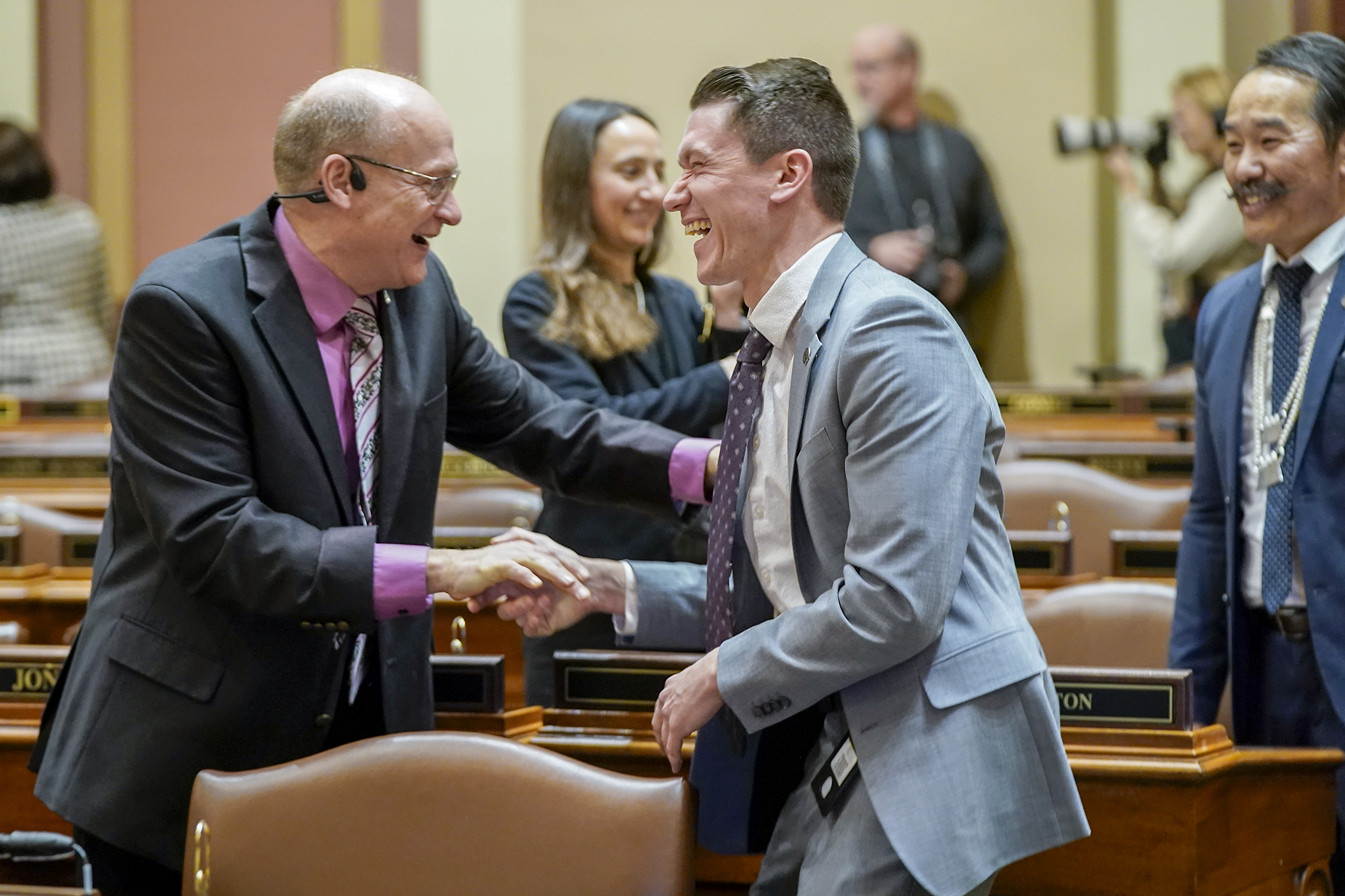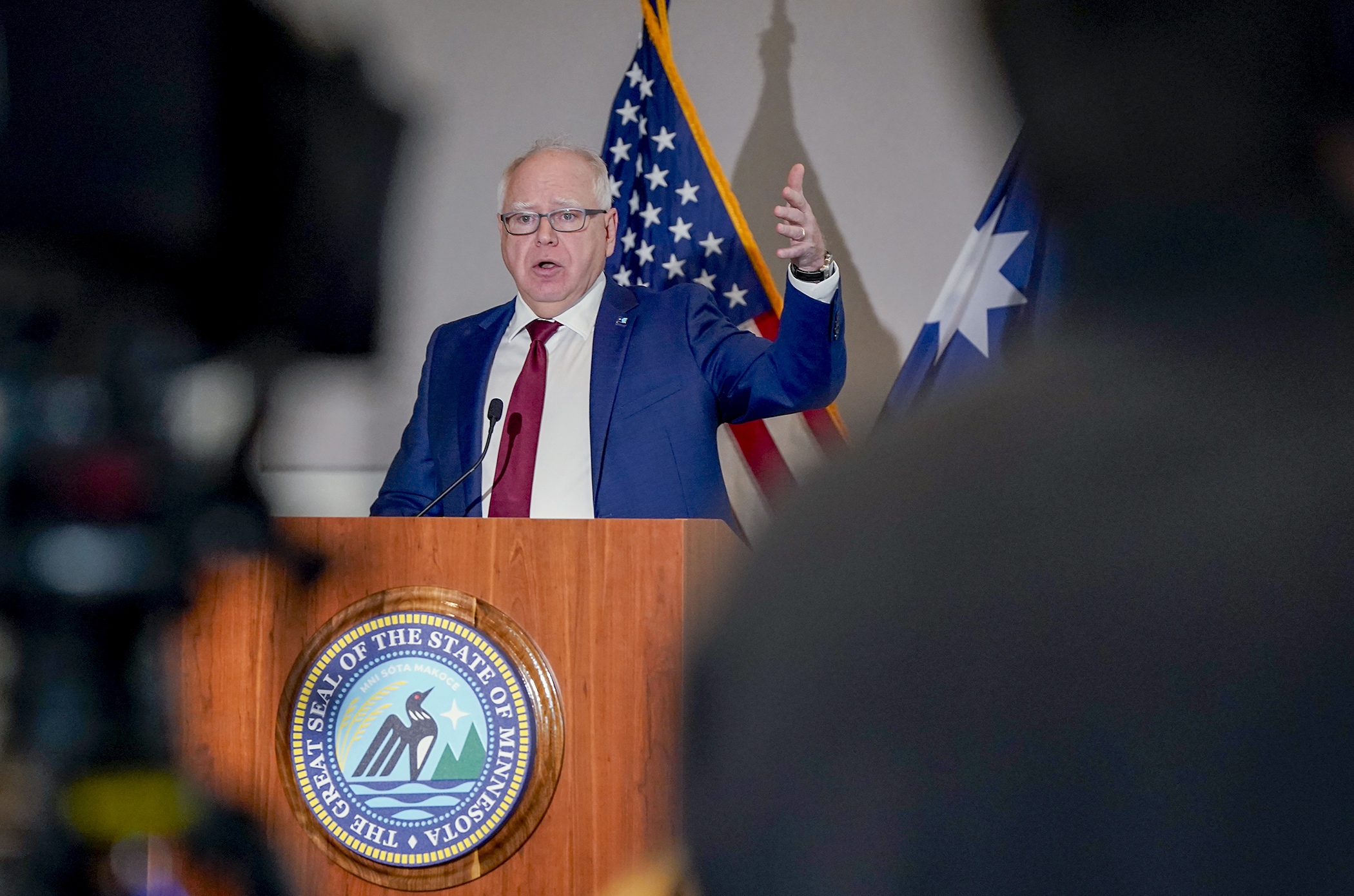House health panel weighs in on partnership aimed at expanding state's COVID-19 testing
A partnership between Minnesota’s Department of Health, Mayo Clinic, and the University of Minnesota could significantly expand COVID-19 testing across the state.
The partnership, announced by Gov. Tim Walz Wednesday, was the focus of a remote meeting of the House Health and Human Services Finance Division Thursday. No action was taken.
Up to this point, access to testing for COVID-19 has varied based on where people live and who their health providers are. The state has struggled with the ability to test priority populations and, early on, encountered severe supply chain issues, said Daniel Huff, assistant commissioner for the department’s health protection bureau.
Access can now be made more consistently available statewide, he said.
A virtual statewide testing command center led by Mayo Clinic and the University of Minnesota will include representatives from health care systems across the state.
In addition to managing the logistics of getting testing kits to the places that need them, sampling teams from the university’s medical school and local public health agencies will be able to conduct hot-spot testing if localized outbreaks exceed local capacity, he said.
The efforts will be funded in part by $36 million from the COVID-19 fund approved by the Legislature last month.
Some elements of the statewide testing strategy are still being developed. They include:
- a website where people can easily access information about where they should go for testing;
- establishing partnerships with local public health and health care systems to focus on vulnerable populations;
- running testing operations that target critical employees, including people in grocery stores, bus drivers, and people in the utilities sector; and
- testing people who have had contact with someone who has tested positive for COVID-19.
Increased contact tracing will also play an important role. The Department of Health currently has 97 people working on contact tracing, but estimates that it will need 400 to 500 people to meet the state’s needs, Huff said.
The department may not hire all of these people itself, instead coordinating with the university’s school of public health, local public health agencies, and existing staff.
Rep. Barb Haley (R-Red Wing) asked if employers could play a role in the ramp-up of testing, or if it could be used to help more businesses get back to work.
Huff replied that testing should not be used for employment verification. Rather, it’s meant for clinical purposes and to assist in public health initiatives like contact tracing and determining infection rates, he said.
“I definitely understand that businesses want to get back to work … but testing is more of a public health strategy,” Huff said.
The idea that testing can give someone a “get out of jail free card” is especially dangerous, and social distancing will remain a vitally important part of the state’s overall strategy, even as testing becomes more common, he said.
“You don’t just open the door and everything returns to normal,” he said. “This is going to be the long haul.”
Related Articles
Search Session Daily
Advanced Search OptionsPriority Dailies
Full House convenes for first time in 2025, elects Demuth speaker
By Tim Walker DFL, Republicans convene with a quorum for the first time in 2025 session after agreeing to a power-sharing deal.
DFL, Republicans convene with a quorum for the first time in 2025 session after agreeing to a power-sharing deal.
Walz proposes slimmed-down 2026-27 state budget, sales tax changes
By Tim Walker This is an odd-numbered year, and so the Legislature is constitutionally required to craft a budget to fund the state government for the next two fiscal years.
Gov. Tim Walz...
This is an odd-numbered year, and so the Legislature is constitutionally required to craft a budget to fund the state government for the next two fiscal years.
Gov. Tim Walz...